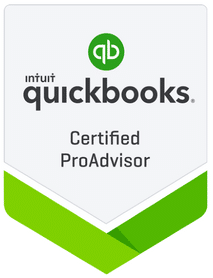- Patrick Roney
- (877) 503-8607
Follow Us :
Follow Us :
Proledge
April 30, 2010

Accounts Receivable is usually the “happy place” in bookkeeping. That’s where the money is coming in. That beats Account Payable any day, doesn’t it? However, Accounts Receivable can be a major headache as well because it can get complicated very quickly and it can create embarrassing situations with your customers.
The top issues that we see with our clients are the following:
On many of the topics above, you can resolve the issue by picking up a QuickBooks manual or reading a few blogs. That’s what QuickBooks is all about: allowing business owners to perform tasks that once upon a time could only be done by an accounting professional. However, this logic can reach its limits if you have some complexity in your Accounts Receivable flow. That’s when you are better off getting help from a bookkeeper who has seen hundreds of different implementations and who is familiar with a number of shortcuts or add-ons to QuickBooks that will simplify the workflows.
However, we are not a proponent of you dumping all of your accounts receivable onto your bookkeeper’s lap overnight. Far from that! Whether you like it or not, invoices are a component of your marketing. Your clients are seldom happy to see an invoice coming from you, but your invoice still tells your client a lot about the professionalism and the ethics of your business. If you send an invoice with mistakes in it or if you collect the wrong amount of money, it will send a very negative signal to your client. Accounts Receivable is one of your interfaces to your clients and it needs to be treated as carefully as your outbound marketing or your customer service.
That’s why, you need to think very hard about the role of your bookkeeper with Accounts Receivable. You need to strike the right balance between maintaining control over the quality of the output while delegating the work that you shouldn’t be doing yourself. That balance varies from one business to another.
Here are a couple good rules of thumb though:


Fill out the form below to sign up to our Blog Newsletter and we’ll drop you a line when new articles come up.
Bookkeepers.
Professional. Affordable.
ProLedge is a bookkeeping services firm.
Copyright © 2024 All rights reserved.
Hello. Can we help you?